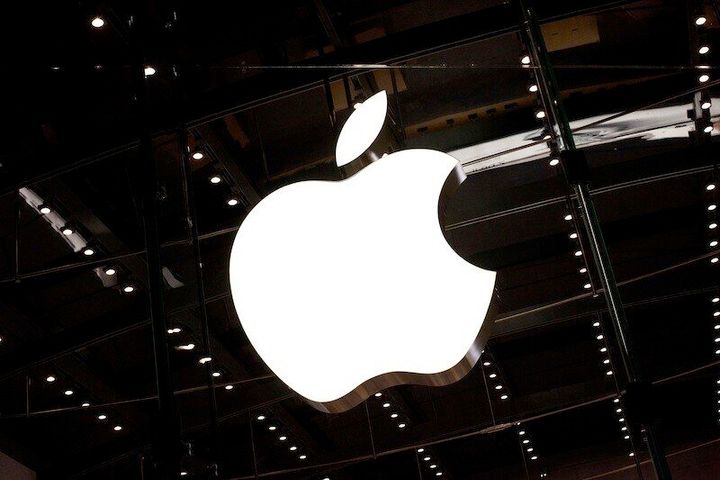
As a VC, I felt compelled to write my first blog for Huffington Post inspired by one of the greatest entrepreneurs of our time: Steve Jobs.
He was a brilliant inventor. His creations left an indelible mark on the world. And he left some important lessons to entrepreneurs on how to win in business.
While some weren't blown away with this week's debut of the latest iPhone, and Tim Cook has some big shoes to fill, Steve Jobs left him with a powerful and intricately designed global operation that will be tough to break. A closer look at this shows entrepreneurs how to create a business that stands the test of time (and no, I'm not an investor in Apple -- I invest my money in early stage entrepreneurs.)
Let me explain by using the iPad as one example.
Apple did something that no other hardware manufacturer has come close to replicating. It combined 4 things in the iPad that no one thought were possible. A large screen. Long battery life. Highly responsive software. An affordable entry-level price of $499.
On top of this, Jobs created three ecosystem advantages, which are difficult or impossible for Samsung, Dell, HTC, RIM, HP or even Amazon to meet.
First is Apple's distribution model. A very high percentage of iPads are sold directly from Apple, either online or in their stores. They are capturing the manufacturer margin plus the retailer margin.
Second is the app economy. Each iPad sold also brings an increasing amount of high-margin revenue from app sales.
Third, is media. An increasing share of Apple's revenue is coming from music, movie and book sales, streaming and storage. Manufacturers alone can't compete. The iPad owns the high end of the market.
And along comes Amazon. With their new Amazon Fire, they just locked up the low end of the market. At a $199 entry-level price, estimated to be $10 below their current production cost, they are half the price of any other tablet out there that hasn't already seen its way to the bargain bin of soon-to-be-discontinued products.
Amazon and Amazon alone can replicate Apple's ecosystem advantages. Amazon also distributes directly. They can capture the manufacturing margin (once they create some room for margin) as well as the retail margin. They are also curating the Android app store, so expect some revenue share here as well. Finally, media. Amazon's content and cloud are being built to rival Apple's. Music. Movies. Books. Find it. Use it. Save it. Share it.
But Apple still has a leg up on Amazon.
Why? Because Apple owns its operating system. The Amazon Fire is built on top of Google Android. And there are questions when it comes to how "open" Android really is. Android 2.0 was open source. Android 3.0 (Honeycomb) is closed. But supposedly the next release will be open. Who knows? And what happens to "Open Android" if and when Google closes on its acquisition of Motorola?
My forecast?
Apple dominates high-end tablets for the next 2-3 years. Amazon dominates low-end tablets for the same time period. Other manufacturers try but die in the valley of death in between.
The perfect case study for any entrepreneur.
So thank you Steve Jobs for a lesson from your playbook.